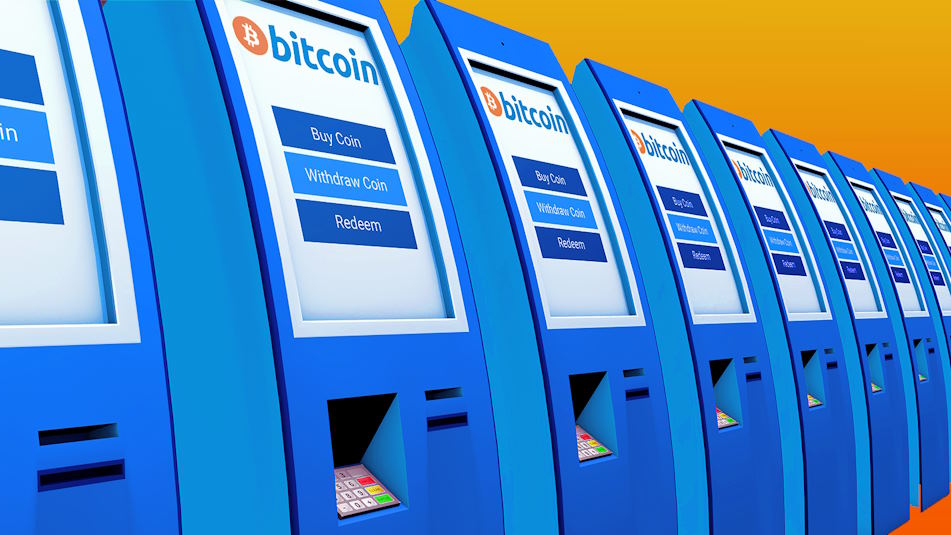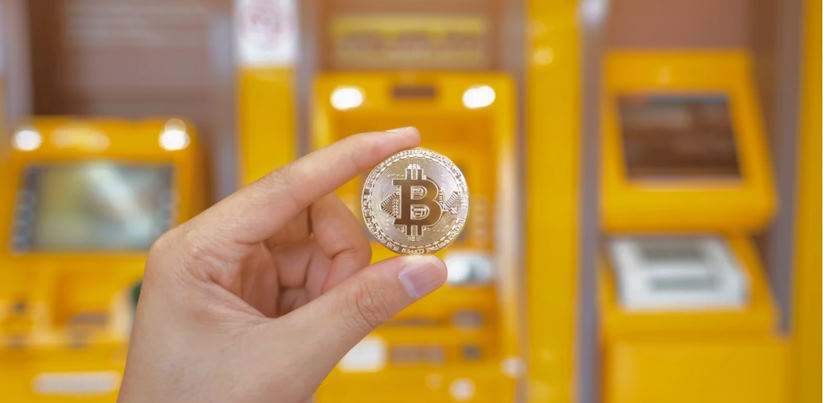Cryptocurrency ATMs: Making Digital Assets Accessible for Everyday Use

In an era defined by technological innovation and evolving financial landscapes, the emergence of cryptocurrency ATMs stands as a testament to the transformative power of digital assets. These unassuming machines, strategically scattered across urban centers and remote locations alike, bridge the gap between the virtual world of cryptocurrencies and the tangible realm of everyday transactions. Cryptocurrency ATMs have surged in popularity, providing a tangible link for individuals seeking to seamlessly integrate digital currencies into their daily lives.
How Cryptocurrency ATMs Work
These machines function much like traditional ATMs, but with a digital twist. Users can interact with them to buy or sell cryptocurrencies using traditional fiat currency. The process is relatively straightforward: a user selects their desired cryptocurrency, enters the amount they wish to buy or sell, scans a QR code associated with their digital wallet, inserts cash (for buying) or receives cash (for selling), and the transaction is executed on the blockchain.
Cryptocurrency ATMs support a variety of digital currencies, ranging from popular ones like Bitcoin and Ethereum to altcoins that are gaining traction. Exchange rates and fees are typically displayed upfront, ensuring transparency in the transaction process.
Advantages of Cryptocurrency ATMs
Accessibility and convenience are among the most compelling advantages of cryptocurrency ATMs. Unlike online exchanges, these physical kiosks operate 24/7 and require minimal technical expertise. This accessibility extends to the unbanked and underbanked populations, who may not have easy access to traditional banking services but can now participate in the digital economy.
Furthermore, cryptocurrency ATMs offer a level of privacy that online exchanges might not provide. Users can execute transactions without the need for personal information, enhancing security in an age of increasing data breaches.

Challenges and Limitations
However, the path to mainstream adoption is not without obstacles. Regulatory challenges and compliance concerns vary greatly from region to region. Some countries have embraced cryptocurrency ATMs as legitimate financial tools, while others remain cautious due to concerns about money laundering and tax evasion.
Technical challenges and maintenance are also noteworthy. These machines require consistent network connectivity and routine maintenance to ensure smooth operations. Moreover, the volatility of cryptocurrency prices can lead to discrepancies between market rates and the rates offered by ATMs.
The Global Spread of Cryptocurrency ATMs
Despite challenges, the adoption of cryptocurrency ATMs has seen impressive growth on a global scale. From major cities in the United States to remote villages in Africa, these machines have found their place in various communities. For instance, Venezuela has embraced cryptocurrency ATMs as a response to hyperinflation, allowing citizens to access more stable digital currencies.
Impact on Everyday Use of Cryptocurrencies
Cryptocurrency ATMs are no longer confined to the realm of speculative investment. They are increasingly being integrated into everyday transactions, such as paying for goods and services. This integration bolsters the case for cryptocurrencies as practical alternatives to traditional currencies and payment methods. Moreover, these ATMs have opened avenues for individuals to diversify their investment portfolios by providing easier access to digital assets.

Future Trends and Innovations
The evolution of cryptocurrency ATMs is far from over. Two-way ATMs that enable users to both buy and sell cryptocurrencies are gaining traction. Integration with mobile wallets and apps further simplifies the process, enabling users to manage their digital assets on the go. Additionally, there is growing interest in enabling interoperability between different cryptocurrencies, allowing users to seamlessly exchange one digital asset for another directly from these ATMs.
Regulation and Security Measures
As the adoption of cryptocurrency ATMs grows, so does the need for regulatory oversight and security measures. Many jurisdictions require cryptocurrency ATM operators to adhere to Anti-Money Laundering (AML) and Know Your Customer (KYC) regulations to prevent illicit activities. Ensuring secure transactions and protecting user data from potential breaches remains a priority.
Educating Users about Cryptocurrency ATMs
Promoting awareness and understanding among users is crucial. Many people are still unfamiliar with the concept of cryptocurrency ATMs and how they function. Providing resources, guides, and customer support can bridge this knowledge gap and encourage more individuals to explore this convenient way of engaging with digital assets.
